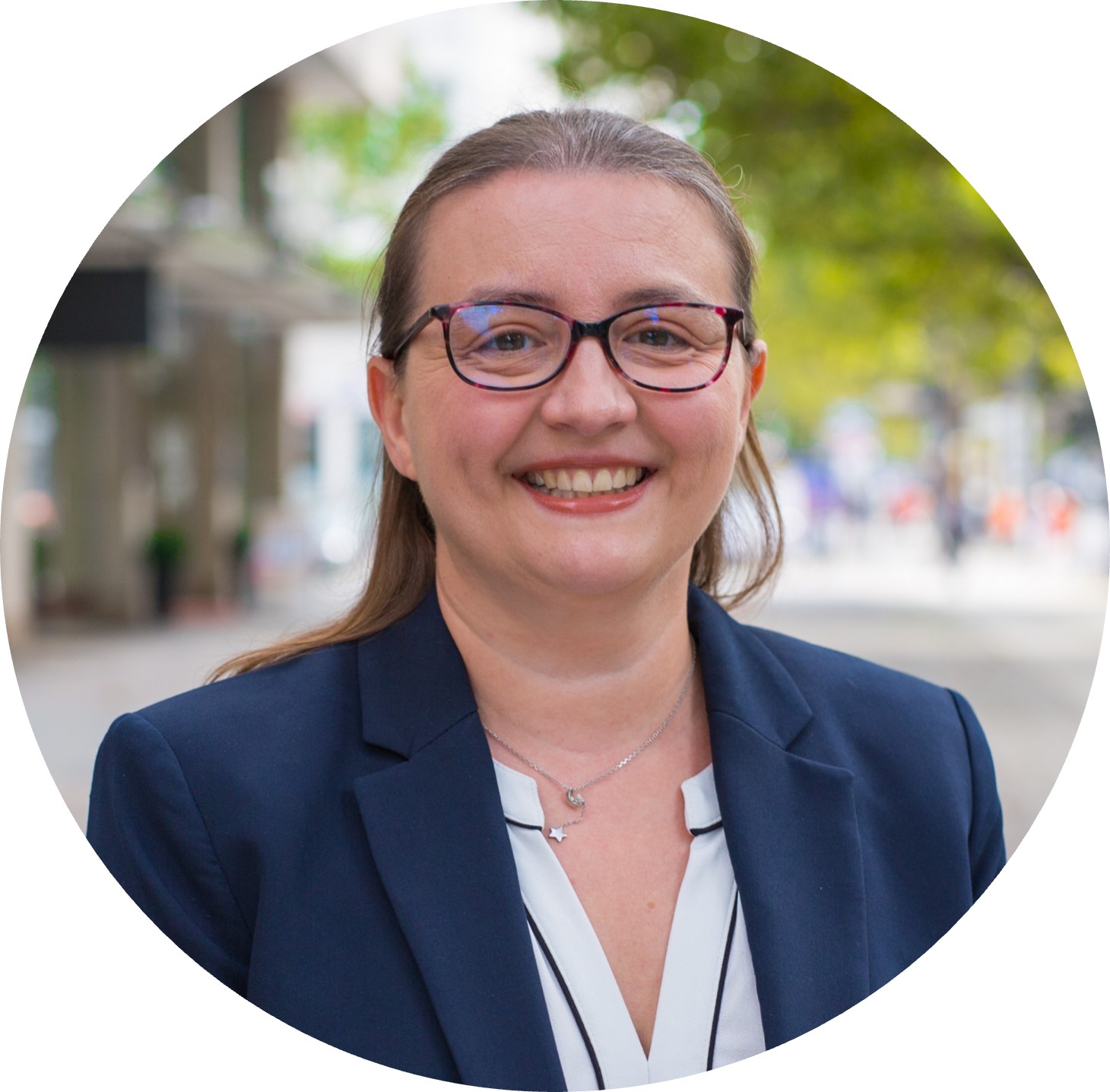From pv magazine France
Researchers from Empa have developed a new low-temperature production process that produces CIGS bifacial thin-film solar cells with efficiency yields of 19.8% for front lighting and 10.9% for rear lighting.
“It is very difficult to obtain good energy conversion efficiency for solar cells with transparent conductive contacts at the front and at the back,” said Ayodhya Tiwari, the leader of Empa’s thin-film PV lab.
High-efficiency CIGS solar cells are generally produced by a high-temperature deposition process. At temperatures above 550 C, a chemical reaction occurs, resulting in a gallium oxide interface layer that blocks the current flow generated by sunlight. This reduces the energy conversion efficiency of the cell.
The Empa team developed a new low-temperature deposition process that produces far less gallium oxide, paving the way for higher cell efficiencies. They used a tiny amount of silver to lower the melting point of the CIGS alloy and achieve absorber layers with good electronic properties at a deposition temperature of only 350 C. They analyzed the multi-layered structure using high-resolution transmission electron microscopy (TEM) and did not detect any gallium oxide at the interface.
The cell achieved efficiency values of 19.8% for front illumination and 10.9% for rear illumination. The Fraunhofer Institute for Solar Energy Systems (ISE) independently certified the values by using the same cell on a glass substrate, according to Empa.
Popular content
The team also succeeded in fabricating a bifacial CIGS solar cell on a flexible polymer substrate. The scientists said they hope this will widen the spectrum of potential applications for such cells, given the lightness and flexibility of the materials.
The researchers also produced a bifacial GICS-perovskite tandem cell. They published their findings in “Efficiency boost of bifacial Cu(In,Ga)Se2 thin-film solar cells for flexible and tandem applications with silver-assisted low-temperature process,” which was recently published in Nature Energy.
“Bifacial CIGS technology has the potential to produce energy conversion efficiencies greater than 33%, opening up new possibilities for thin-film solar cells in the future,” said Tiwari.
He is now trying to set up collaborative relationships with key laboratories and companies throughout Europe to accelerate the development of the technology and its industrial production on a larger scale.
This content is protected by copyright and may not be reused. If you want to cooperate with us and would like to reuse some of our content, please contact: editors@pv-magazine.com.



2 comments
By submitting this form you agree to pv magazine using your data for the purposes of publishing your comment.
Your personal data will only be disclosed or otherwise transmitted to third parties for the purposes of spam filtering or if this is necessary for technical maintenance of the website. Any other transfer to third parties will not take place unless this is justified on the basis of applicable data protection regulations or if pv magazine is legally obliged to do so.
You may revoke this consent at any time with effect for the future, in which case your personal data will be deleted immediately. Otherwise, your data will be deleted if pv magazine has processed your request or the purpose of data storage is fulfilled.
Further information on data privacy can be found in our Data Protection Policy.